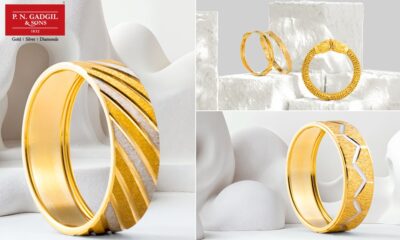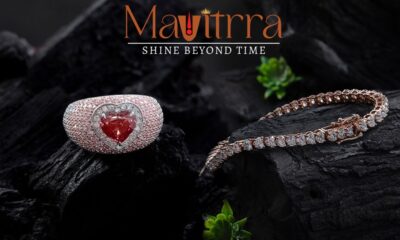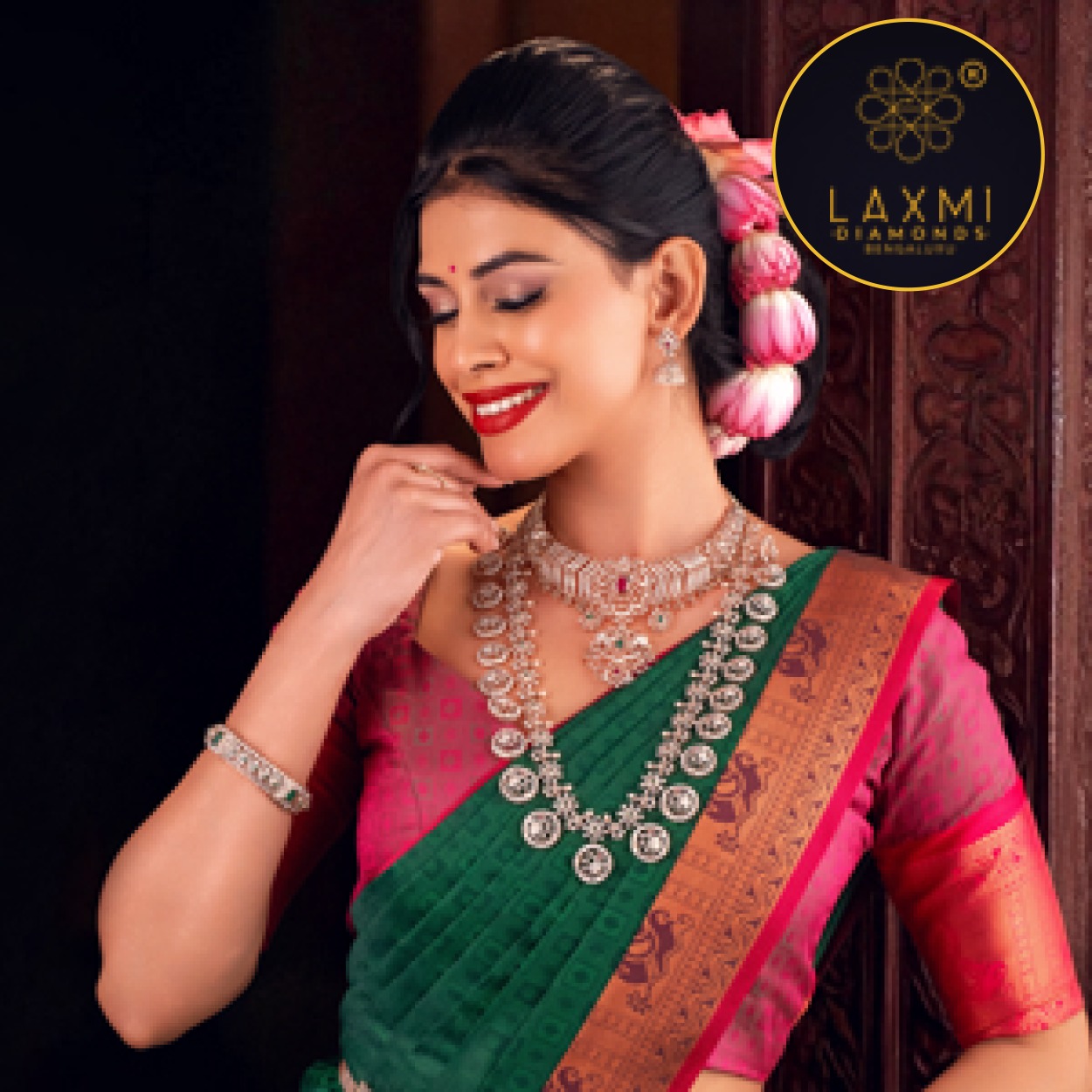By Invitation
Five social media-inspired trends that are pushing diamond sales
By Jignesh Mehta-Founder & Managing Director, Divine Solitaires
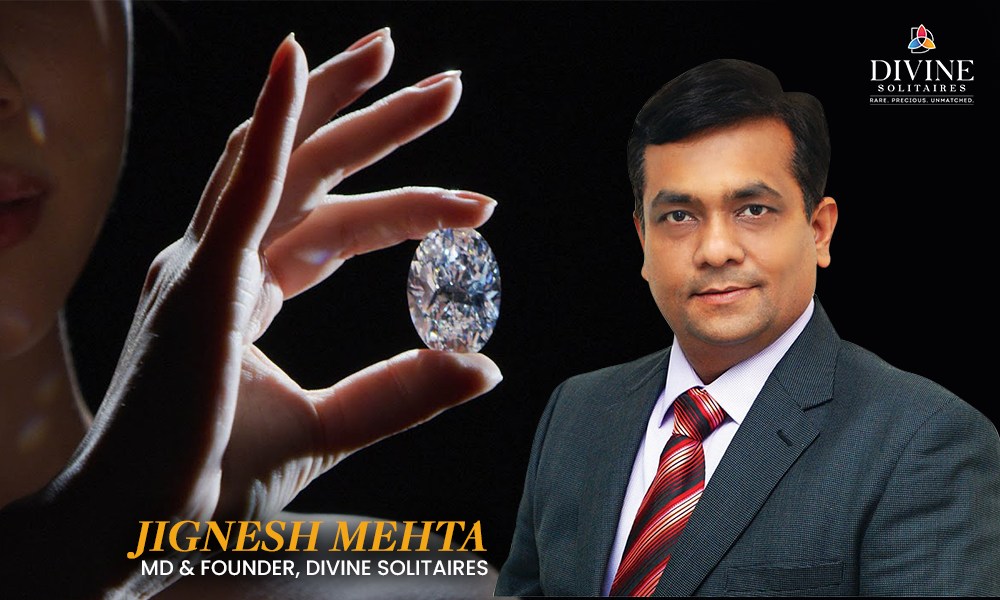
There was a time when traditionally, buying diamond jewellery was reserved for those special occasions when the entire family walked into a trusted jeweller’s store once in a year for weddings, anniversaries, and those once-a-year moments.
Today, the name of the game has changed and how! Thanks to the power of social media, diamonds are no longer just tucked away in lockers waiting for that one occasion to sparkle. You see the flash of a diamond every day, be it during daily conversations, when you’re travelling to and from work, and even when you’re chilling at home with friends.
The younger generation—new brides, working professionals, millennials, and Gen Z—are rewriting the rulebook. What was once considered a milestone buy has now become a symbol of personal style, celebration, and aspirational luxury.
At Divine Solitaires, we’ve watched this shift closely and can clearly see how these five social media-driven trends are inspiring today’s generation to own their diamonds, literally too!
1. Proposals and Love Stories that Melt Hearts
We’ve all seen those dreamy proposal reels and wedding moments—filled with raw emotion, happy tears, and the kind of love that feels straight out of a fairytale. But beyond the grand gestures and picture-perfect settings, there’s one detail that stands as a lasting symbol of that forever moment: the diamond! A solitaire isn’t just a ring—it represents the start of journey when two lives changed forever. Every time you watch a social media reel that captures all these emotions, you want your own diamond story too!
2. The Rise of ‘Everyday Diamonds’
In a country with such a large young population, you can be assured that the market dynamics are driven by the youth! Youngsters today don’t believe in saving diamonds only for a handful of days a year. We’re seeing a growing trend where people wear their solitaires daily—to work, brunches, and even on coffee runs, because why not? If everyone else is doing it and making it look so goon on their social media handles, you can too! FOMO is a real thing!
3. Sharing Personal Milestones
Whether it’s a job promotion, a first home, or even just celebrating oneself—people now buy diamonds to mark every small or big personal victory. The celebratory allure of diamonds has that effect. This mindset has shifted buying behaviour tremendously. Diamonds are no longer a ‘gift from someone else’ but a powerful symbol of self-love.
4. Conscious Choices and Meaningful Purchases
Transparency matters more than ever for the young, very aware generation who makes informed purchases, no matter what they buy. It’s encouraging to see the conversations around ethically sourced, conflict-free diamonds, trending. Social media has ensured people ask the right questions— ‘Where did this diamond come from?’ and ‘What does this stone represent?’ As a brand that’s always believed in ethical sourcing, we welcome this change. People now buy diamonds with pride, knowing they stand for both beauty and responsibility.
5. Peer Influence and Social Proof
Let’s admit it—we all read reviews before we go in for the kill and are constantly tracking what our idols friends or peers are buying. Honest testimonials, real customer stories, and shared experiences have become the new word of mouth marketing. When someone sees a friend or a peer buying a beautiful solitaire and sharing their journey, it sparks desire and trust. That’s the power of social proof, and it’s making diamonds more approachable than ever.
At Divine Solitaires, we’re inspired by how today’s generation connects with diamonds at such a personal level every single day!
By Invitation
Professional Guidelines for Training Jewellery Retail Sales Staff
By Shivaram A, Founder – Retail Gurukul

Selling jewellery requires a distinct approach from other retail sectors. Customers in this environment anticipate a higher level of service and expertise than they might expect at a grocery or clothing store. To achieve success, staff must possess specialized skills tailored to jewellery sales. The following guide outlines key training principles for jewellery sales associates, complemented by practical examples for each area.
1. Appearance
• All employees should maintain impeccable grooming and attire.
• Example: Associates arrive in pressed shirts and polished shoes daily.
• Where possible, provide uniforms; otherwise, ensure personal clothing is clean, ironed, and understated.
• Example: Staff without uniforms wear plain, well-ironed garments, avoiding prominent logos.
• Hair must be neatly styled and footwear kept clean for all staff members.
• Example: Management conducts pre-shift checks to confirm proper grooming standards.
• Dress codes apply universally, including to security personnel.
• Example: Security staff participate in regular dress code reviews and grooming inspections.
2. Attitude
• Encourage staff to display consistent friendliness and positivity throughout the workday.
• Example: Every customer is welcomed with a genuine smile and warm greeting.
• Staff should maintain courteous engagement, even if customers do not reciprocate.
• Example: In cases where a customer appears upset, the associate still offers a friendly introduction and assistance.
• Staff are expected to compartmentalize personal issues during shifts, remaining constructive and solution-oriented.
• Example: Employees adopt a focused mindset before starting their shift to prioritise exemplary customer service.
3. Communication
• Employees must uphold polite, respectful dialogue at all times.
• Example: Use courteous phrases such as “May I assist you, Sir?” or “Thank you, Madam” consistently.
• Appropriate titles or respectful terms in local languages should be used when addressing clientele.
• Example: “Good afternoon, Sir. Is there something special you are searching for today?”
• Professional etiquette should permeate every interaction.
• Example: Regularly incorporating “please” and “thank you” in conversations.
• Indifference must be strictly avoided.
• Example: If an employee is occupied, they acknowledge waiting customers with assurances of prompt attention.
• Multilingual abilities are advantageous in serving a diverse customer base.
• Example: Staff transition to Hindi when necessary to make customers feel comfortable.
• Demonstrate extra patience and care with elderly patrons.
• Example: Spend time clearly outlining details for older customers who may require additional support.
• Engage children hospitably so adults can shop undistracted.
• Example: Offer small toys or converse briefly with children while adults browse.
• Ensure equal treatment for all visitors, irrespective of appearance or attire.
• Example: Give consistent attention to both casually and formally dressed customers.
4. Hospitality
• Begin interactions by welcoming guests and offering seating.
• Example: “Please have a seat while I present our newest collection.”
• Provide complimentary refreshments as a hospitality gesture.
• Example: Serve water or tea to customers as they view products.
• All team members should be prepared to assist customers, regardless of primary responsibilities.
• Example: If the primary salesperson is occupied, another employee steps in seamlessly.
• Owners should occasionally interact directly with clients to lead by example.
• Example: The owner personally thanks loyal customers for their continued patronage.
• Always offer proactive and attentive service.
• Example: Assist customers with carrying purchases or parking arrangements when needed.
5. Product Knowledge
• Deliver thorough training to ensure staff are knowledgeable about inventory.
• Example: Monthly training sessions update employees on new designs and materials.
• Define clear guidelines regarding which product details and certifications to share.
• Example: Staff are informed about certifications relevant to gold purity inquiries.
• Team members should confidently describe product features, fabrication methods, and distinctive qualities.
• Example: Discuss differences between handcrafted pieces and machine-made jewellery.
• Educating customers is integral to the sales role.
• Example: Clearly explain gemstone properties or style benefits to interested shoppers.
• Counter personnel must answer queries knowledgeably or direct customers to appropriate experts.
• Example: Junior associates promptly consult senior colleagues when complex questions arise.
• New hires should discreetly seek supervisory guidance rather than stating uncertainty.• Example: “Let me verify that information with my manager to provide you with an accurate response.”
-

 BrandBuzz1 week ago
BrandBuzz1 week agoVBJ SINCE 1900 Fiesting Over 2000 Unique Jhumka Designs
-
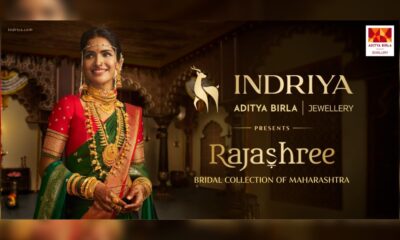
 BrandBuzz1 week ago
BrandBuzz1 week agoIndriya unveils Rajashree, the Bridal Collection of Maharashtra
-
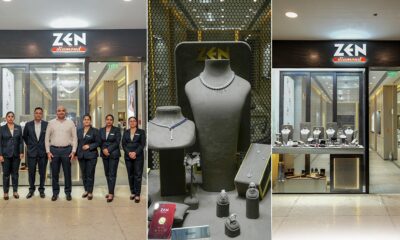
 New Premises1 week ago
New Premises1 week agoZen Diamond, unveils latest boutique at Chandigarh
-
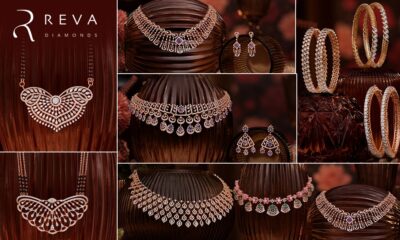
 BrandBuzz7 days ago
BrandBuzz7 days agoReva by P. N. Gadgil & Sons Debuts ‘The Bridal Collection’: Merging Timeless Heritage with Contemporary Diamond Splendor.






